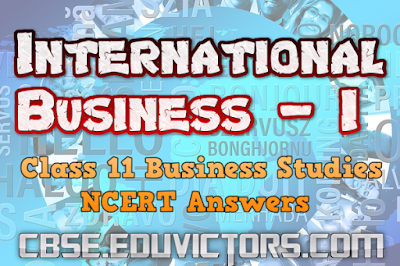Chapter 15: Polymers :Very Short Question Answers
Q1: Define polymer.
Answer: A polymer may be defined as a high molecular weight compound formed by the combination of a large number of one or more types of small molecular weight compounds.
Q2: Based on the source, how polymers are classified?
Answer:
① Natural: Found in plants and animals, e.g. Proteins, cellulose, natural rubber, silk, wool.
② Synthetic: Man-made e.g. Nylon, polyester, neoprene, Bakelite, Teflon, PVC, polystyrene.
Q3: Based on structures, what are the three categories of polymers.
Answer:
① Linear Polymers
② Branched Polymers
Q4: Name a natural elastomer.
Answer: Natural rubber.
Q5: Write the name of a synthetic polymer which is an ester.
Answer: Nylon 6 or Nylon 6,6.






